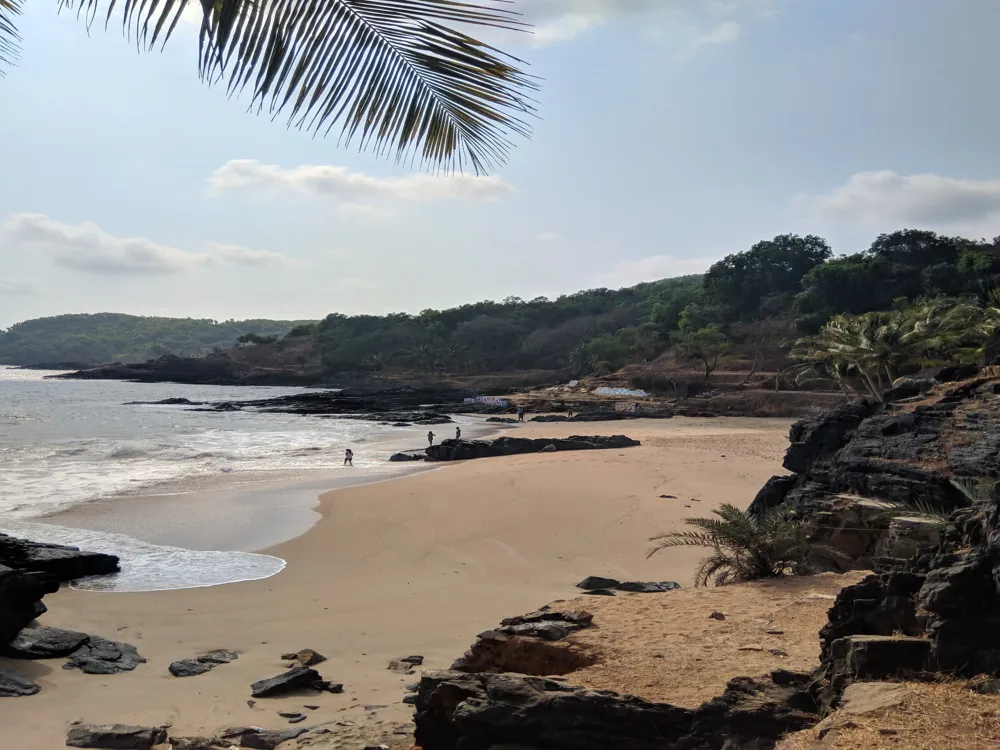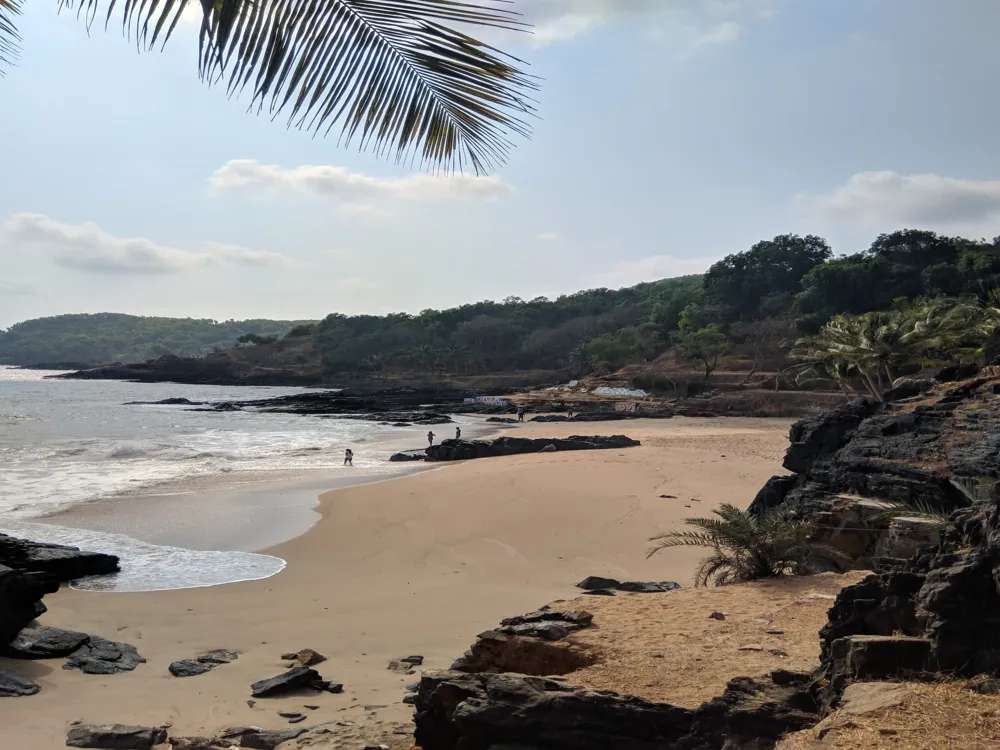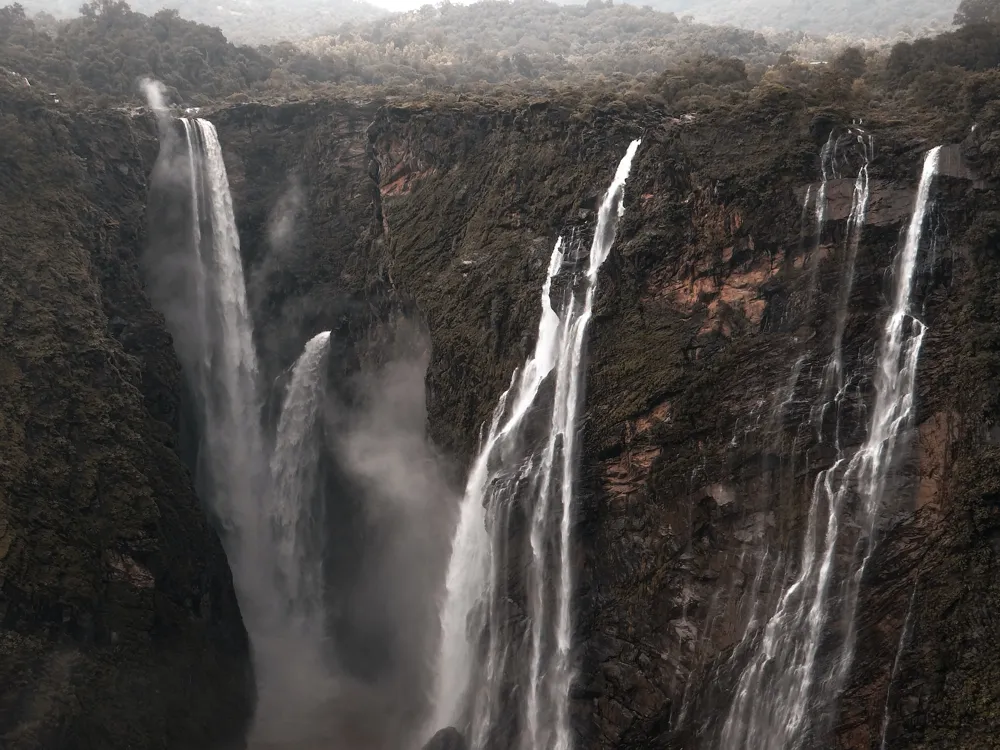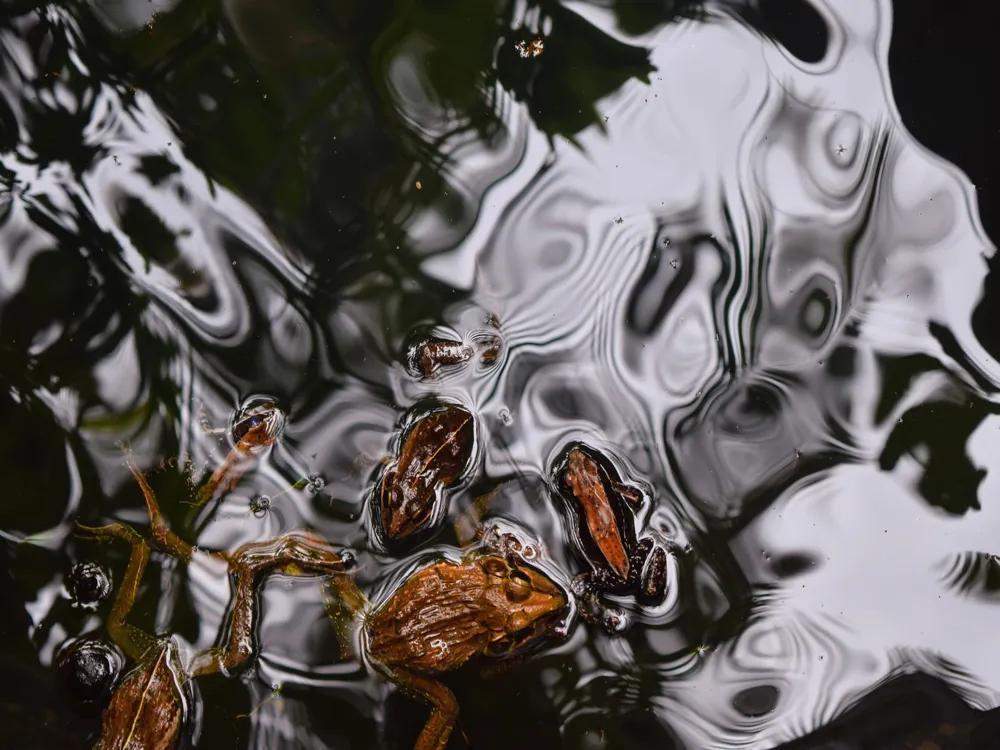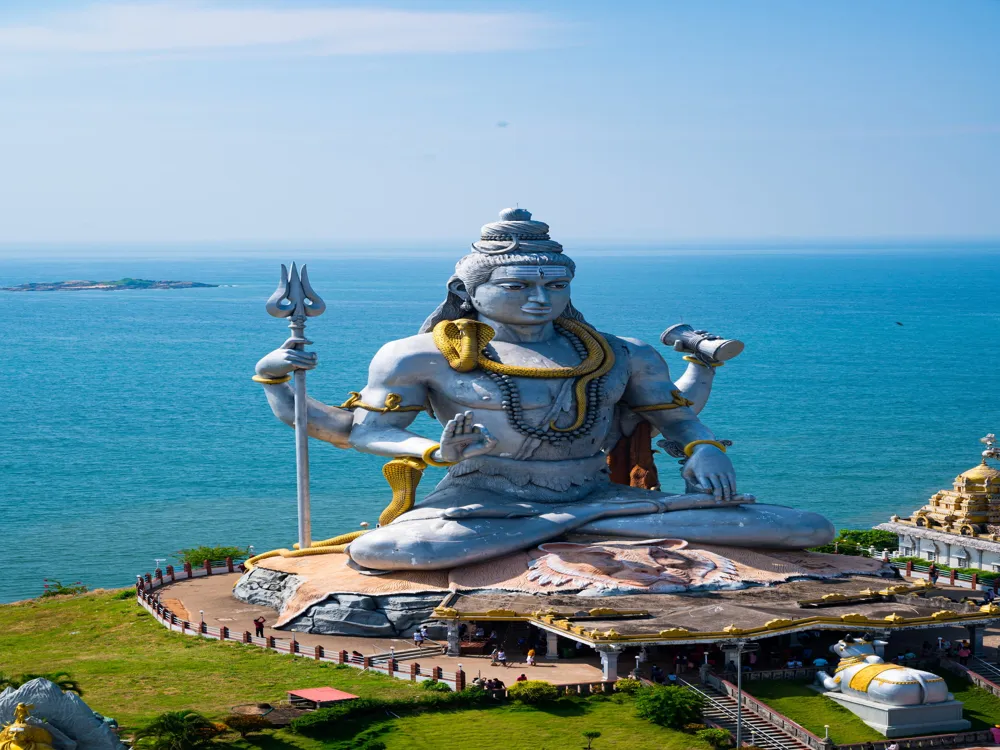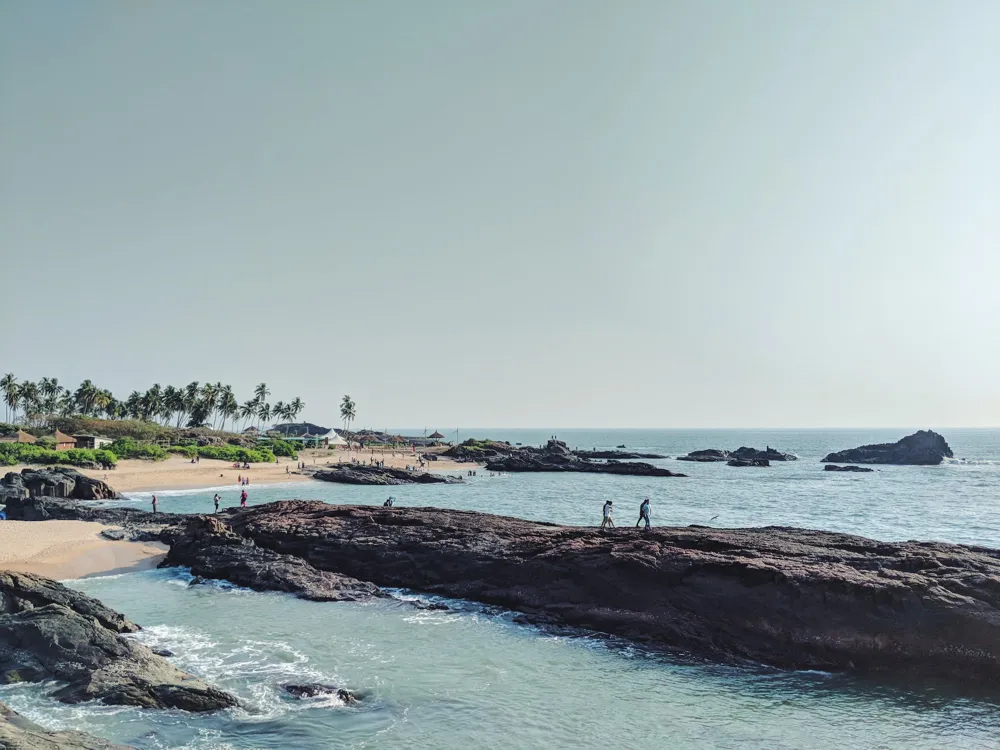Gokarna, a quaint town in Karnataka, India, is a blend of spiritual sanctity and serene beauty. Nestled between the Arabian Sea and the Western Ghats, Gokarna is famed for its pristine beaches and its ancient temples. It is a significant Hindu pilgrimage center, owing to the Mahabaleshwar Temple, which houses a revered Shiva Lingam. This town, however, isn't just for the spiritually inclined. It attracts a diverse crowd, from devout pilgrims to leisure-seeking tourists, who come to bask in its untouched natural splendor and laid-back vibe. The name 'Gokarna' translates to 'cow's ear' in Sanskrit, a name derived from Hindu mythology and the unique ear-shaped confluence of two rivers. This sleepy coastal town, with its long history and cultural significance, offers a tranquil escape from the bustle of city life. The local lifestyle here is deeply influenced by both its religious heritage and the rhythms of the sea, creating a unique cultural tapestry for visitors to explore. Gokarna's history is steeped in Hindu mythology and dates back several centuries. It's mentioned in several ancient scriptures, including the Puranas, as a place of religious significance. According to legend, Gokarna is where Lord Shiva emerged from a cow's ear, hence its name. Over the years, Gokarna has retained its sanctity as a pilgrimage site, with the Mahabaleshwar Temple being the focal point of worship. The town's history is not just limited to its temples but also spans its role as a trading port. Gokarna was once a bustling hub for merchants from different corners of the world, which has left an indelible mark on its cultural fabric. Aside from its temples, Gokarna is renowned for its breathtaking beaches. The main beaches - Om Beach, Kudle Beach, Half Moon Beach, and Paradise Beach - are known for their scenic beauty, shaped by the rocky coastlines and the Arabian Sea. Each beach has its own charm, from the Om Beach that is shaped like the auspicious Om symbol, to the more secluded Paradise Beach, which is accessible only by a trek or a boat ride. The architecture in Gokarna is a fusion of traditional Karnataka Dravidian style and influences from various periods of history. The town is dotted with several ancient temples, each showcasing the intricate artistry and architectural prowess of the bygone eras. The Mahabaleshwar Temple, the centerpiece of Gokarna’s architectural heritage, is a classic example of Dravidian architecture. This centuries-old temple features a simple yet powerful design with its granite structure and the Atmalinga, a sacred symbol of Lord Shiva. The temple's design reflects a deep spiritual ethos, with its small inner sanctum that houses the deity, and the larger outer hall where devotees gather. Besides the main Shiva temple, the complex houses smaller shrines dedicated to various deities, each embodying unique architectural elements. These shrines are adorned with intricate carvings, detailed gopurams (tower-like structures), and pillared halls, which are characteristic of Dravidian temple architecture. The temple walls and pillars are embellished with sculptures and carvings depicting Hindu mythology, showcasing the skill of the artisans of the past. These artworks not only serve a religious purpose but also tell stories of the region’s rich cultural and artistic heritage. Over the centuries, Gokarna's architecture has been influenced by various dynasties that ruled the region, including the Kadambas, Chalukyas, and the Vijayanagar Empire. This blend of influences is evident in the eclectic styles seen in the town's temples and old structures. The ideal time to visit Gokarna is from October to March when the weather is pleasant, making it perfect for beach activities and temple visits. Visitors should respect local customs and traditions, especially when visiting temples. Modest attire is recommended in religious places. Gokarna offers a range of accommodations, from luxury resorts to budget homestays, catering to all types of travelers. While exploring the beaches, be mindful of the strong sea currents. Some beaches are great for swimming, while others are better suited for just a scenic walk. Gokarna is accessible by road, rail, and air. The nearest airport is in Goa, which is approximately a four-hour drive away. Gokarna Road Railway Station is the closest railhead, with good connectivity to major cities. Additionally, the town is well-connected by road, with regular bus services from major cities like Bengaluru, Goa, and Mangalore.Overview of Gokarna, Karnataka
History and Significance
Natural Beauty and Beaches
Architecture of Gokarna
Mahabaleshwar Temple
Temple Complex and Deities
Art and Sculpture
Impact of History on Architecture
Tips When Visiting Gokarna
Best Time to Visit
Local Etiquette and Customs
Accommodation Options
Exploring the Beaches
How To Reach Gokarna
Mahabaleshwara Temple
Gokarna
Karnataka
NaN onwards
View gokarna Packages
Weather :
Label : Must Visit
Tags : Temple
Time Required : 1 hour
Temple Timings : 6:00 AM to 12:00 PM, 5:00 PM to 8:00 PM
Festivals : Maha Shivratri
Dress Code : No jeans, trousers or shorts.
Completed in : 345 - 365 CE
Planning a Trip? Ask Your Question
Gokarna Travel Packages
View All Packages For Gokarna
Top Hotel Collections for Gokarna

Private Pool

Luxury Hotels

5-Star Hotels

Pet Friendly
Top Hotels Near Gokarna
Other Top Ranking Places In Gokarna
View All Places To Visit In gokarna
View gokarna Packages
Weather :
Label : Must Visit
Tags : Temple
Time Required : 1 hour
Temple Timings : 6:00 AM to 12:00 PM, 5:00 PM to 8:00 PM
Festivals : Maha Shivratri
Dress Code : No jeans, trousers or shorts.
Completed in : 345 - 365 CE
Planning a Trip? Ask Your Question
Gokarna Travel Packages
View All Packages For Gokarna
Top Hotel Collections for Gokarna

Private Pool

Luxury Hotels

5-Star Hotels

Pet Friendly









